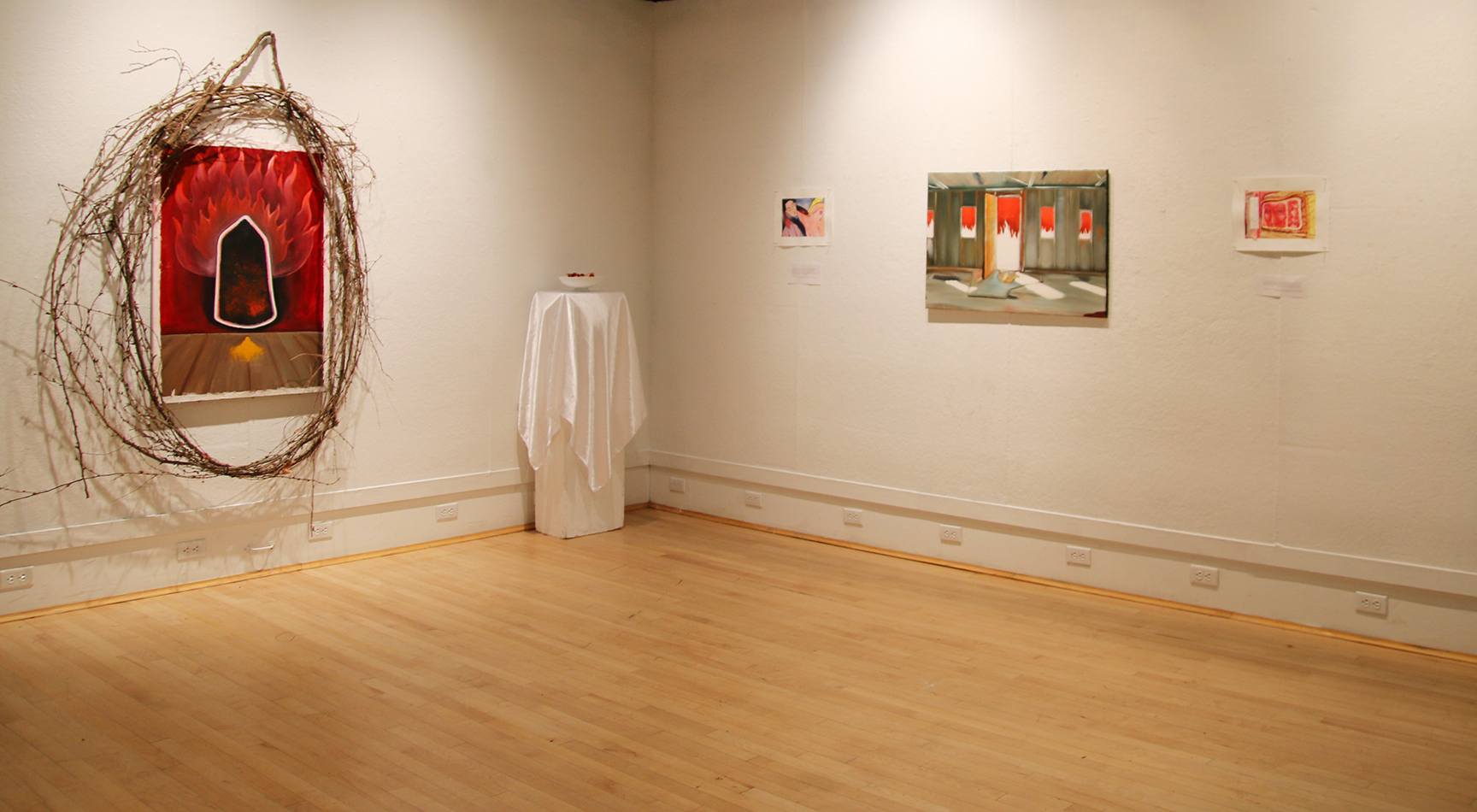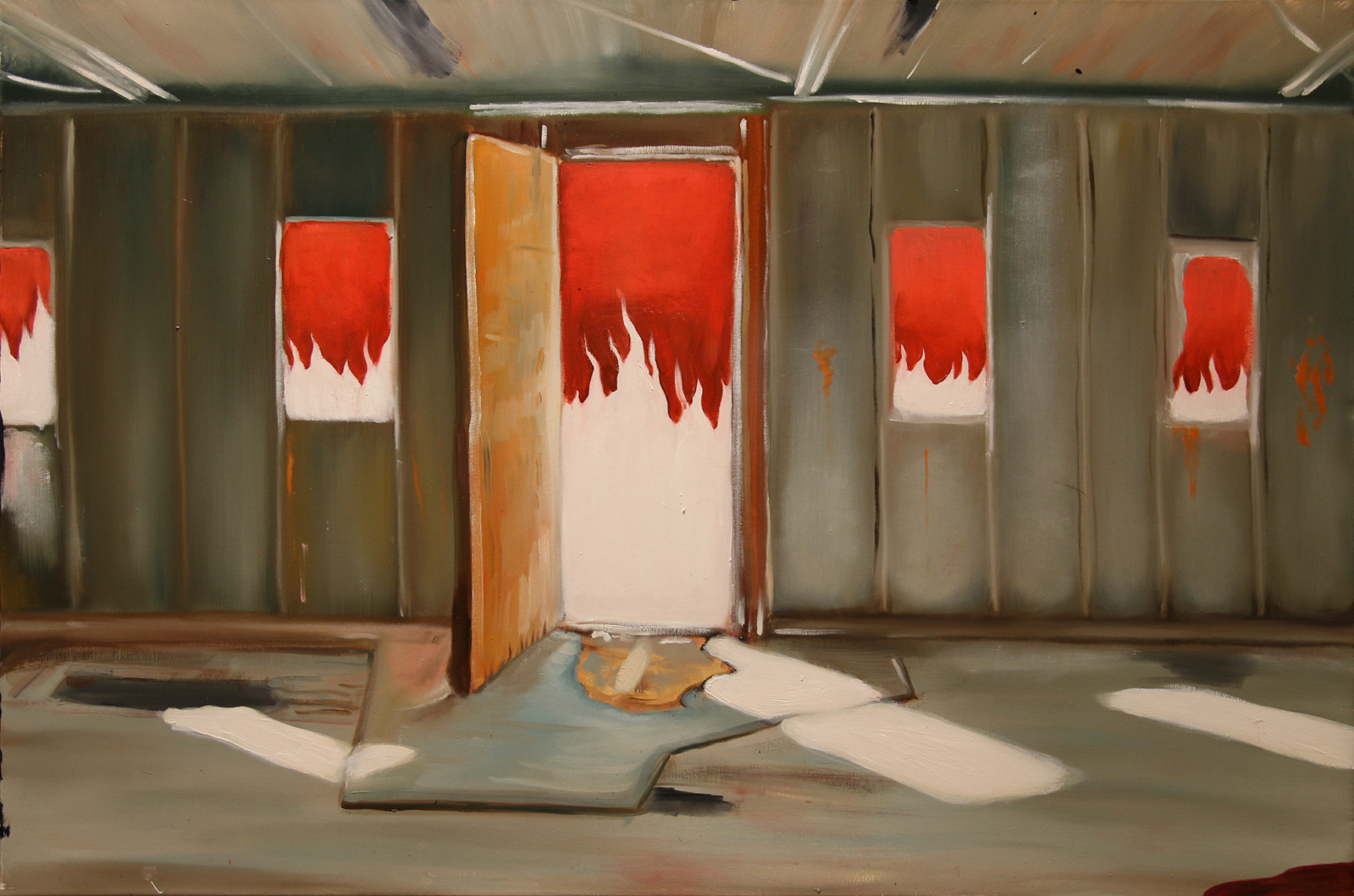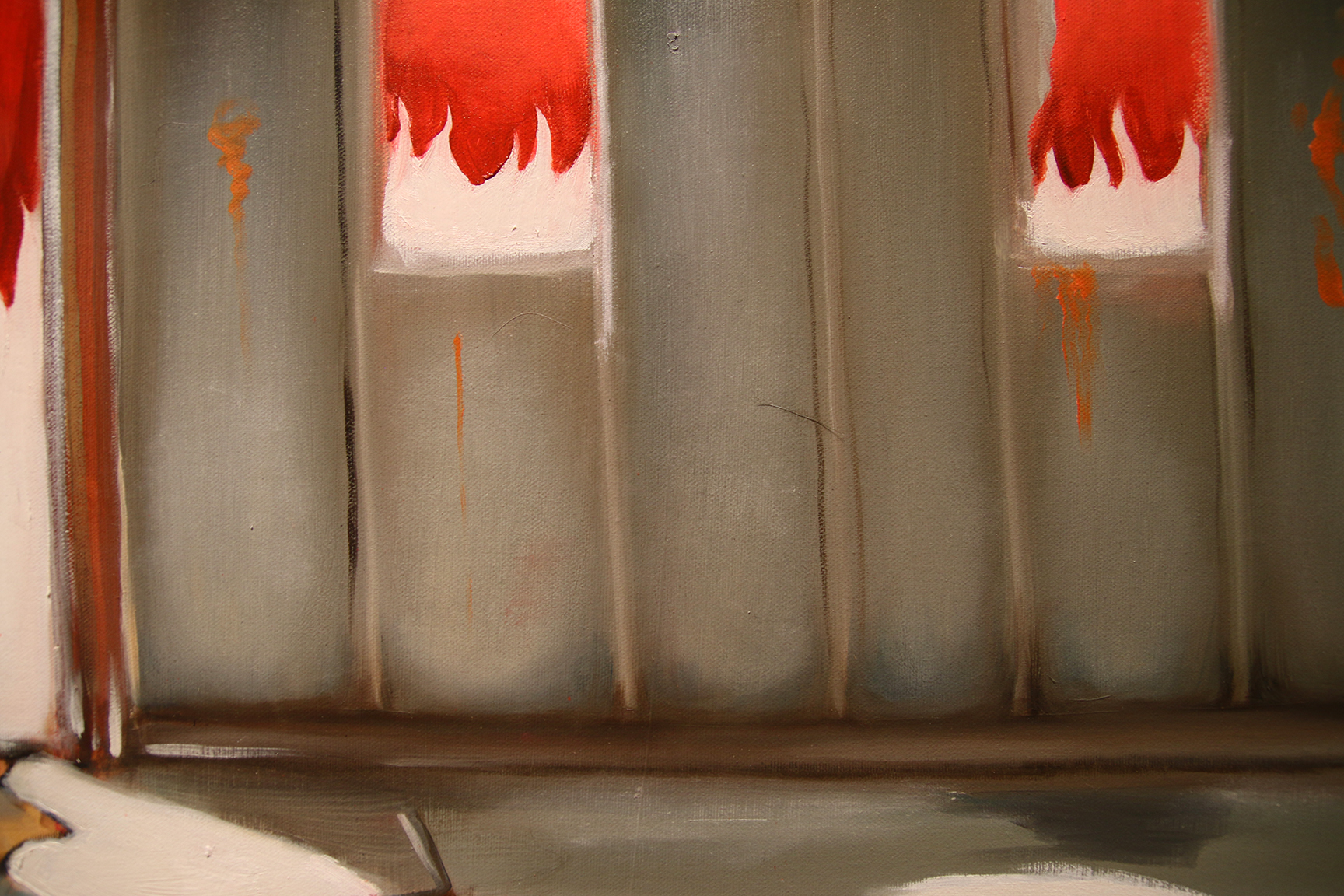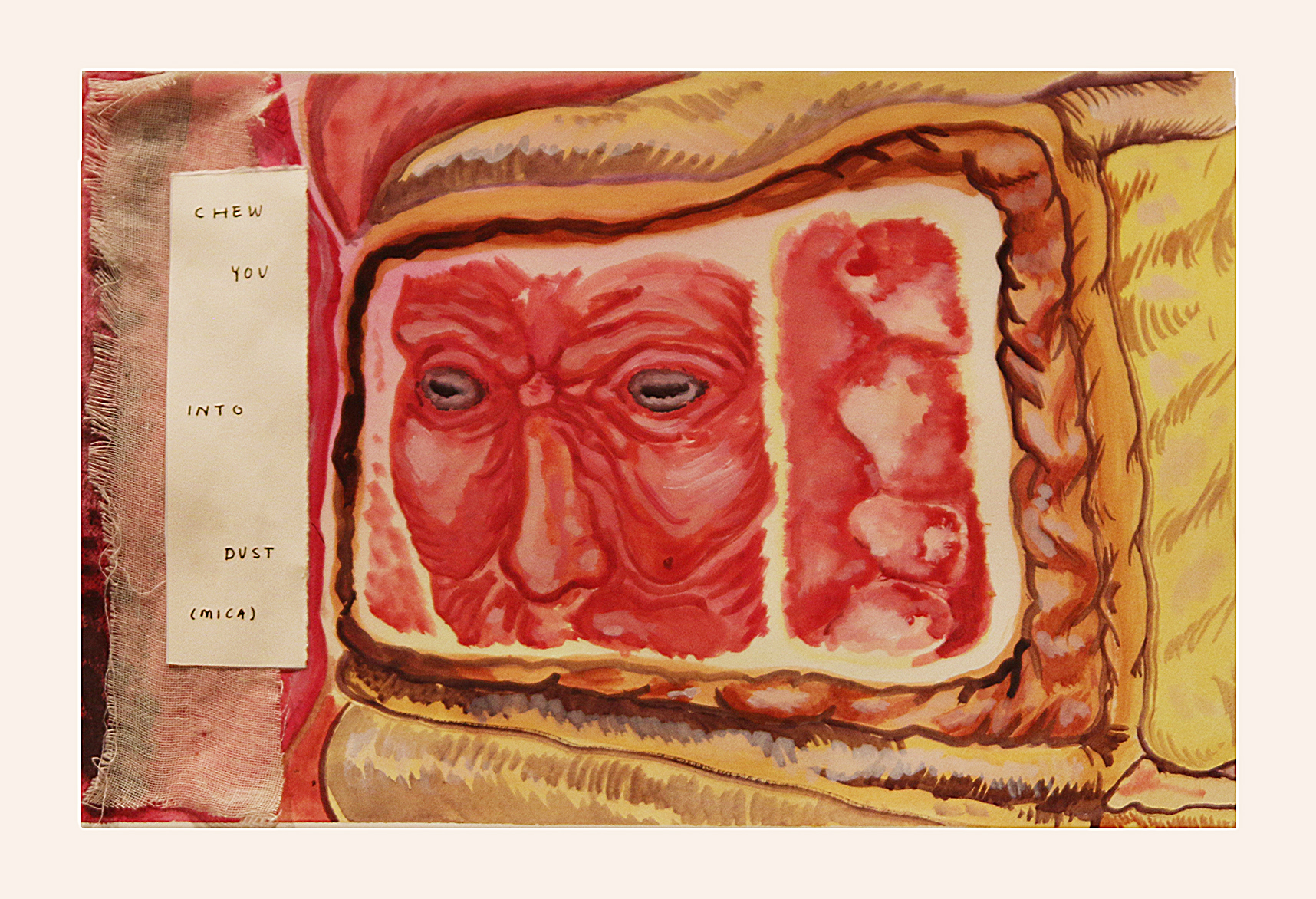NO DIFFERENT FROM YOUR OTHER

I discovered something in my life at age 14: to be woman is to fear. This motif manifested in my art, beginning in the form of a series of “truisms” I attached to my vehicle from ages 16-18. This show is about women and pain. Suffering in a medical context is a fairly new addition to my life. Suffering in a medical context as a woman has historically been dismissed and looked over; one recognizable form is in the history of breast cancer. Through this series, I hope to bring to light some of the silent pain women have had to carry for centuries.

“When a young patient asked her male surgeon what a reconstructed, post-mastectomy breast would feel like, he reassured her, “It will feel perfectly normal, no different from your other breast.” Actually, mastectomies sever nerves in the chest and axilla. The new breast and area surrounding it feel odd and different, numb and insensitive, attached to the body but not really part of it. The doctor had misconstrued her question; what he was really telling the young woman was that it would feel normal to the touch of any man. It would feel normal to him.
1994 Dateline NBC Interview with Dr. Susan Love, Director of UCLA Breast Center, 1992.
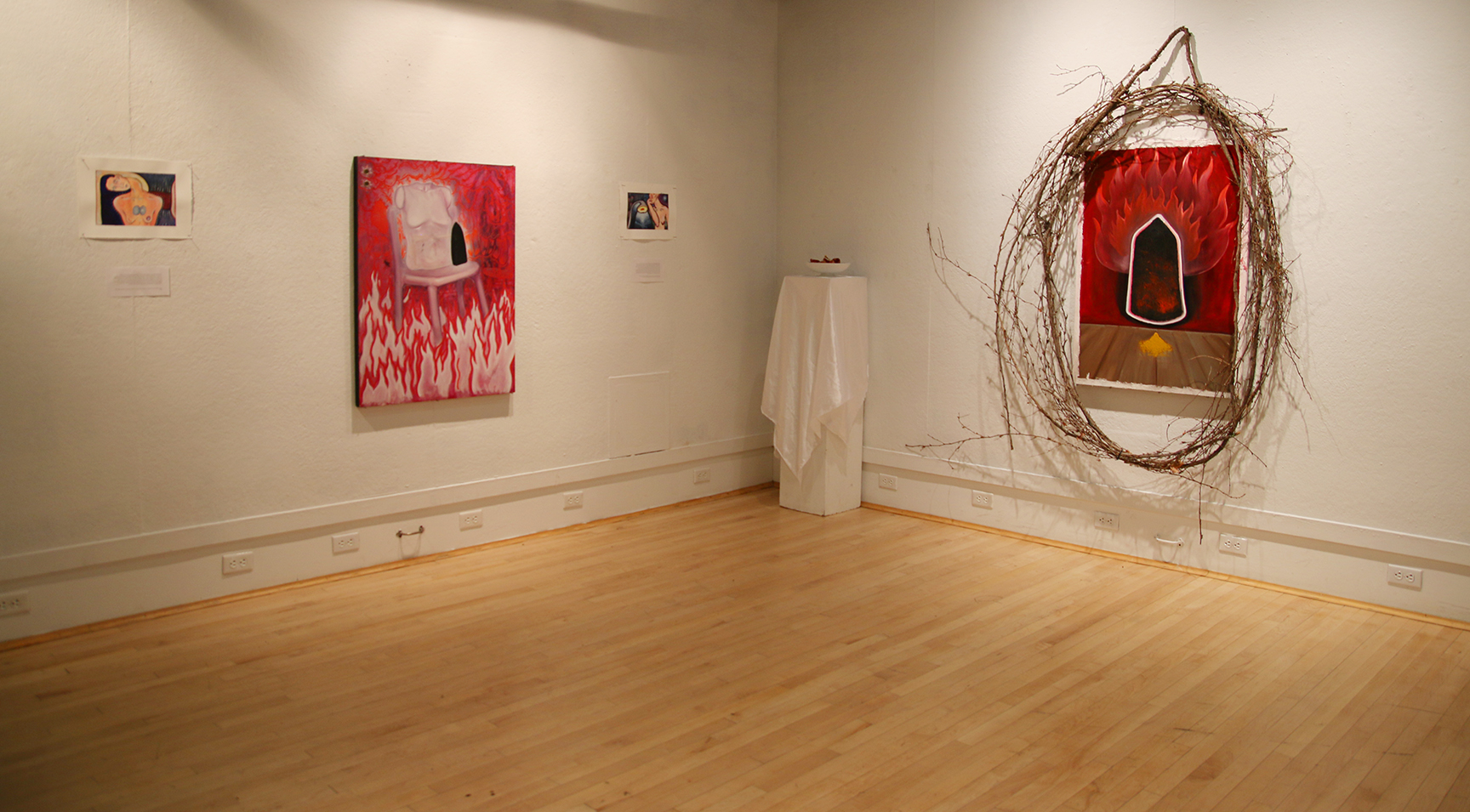


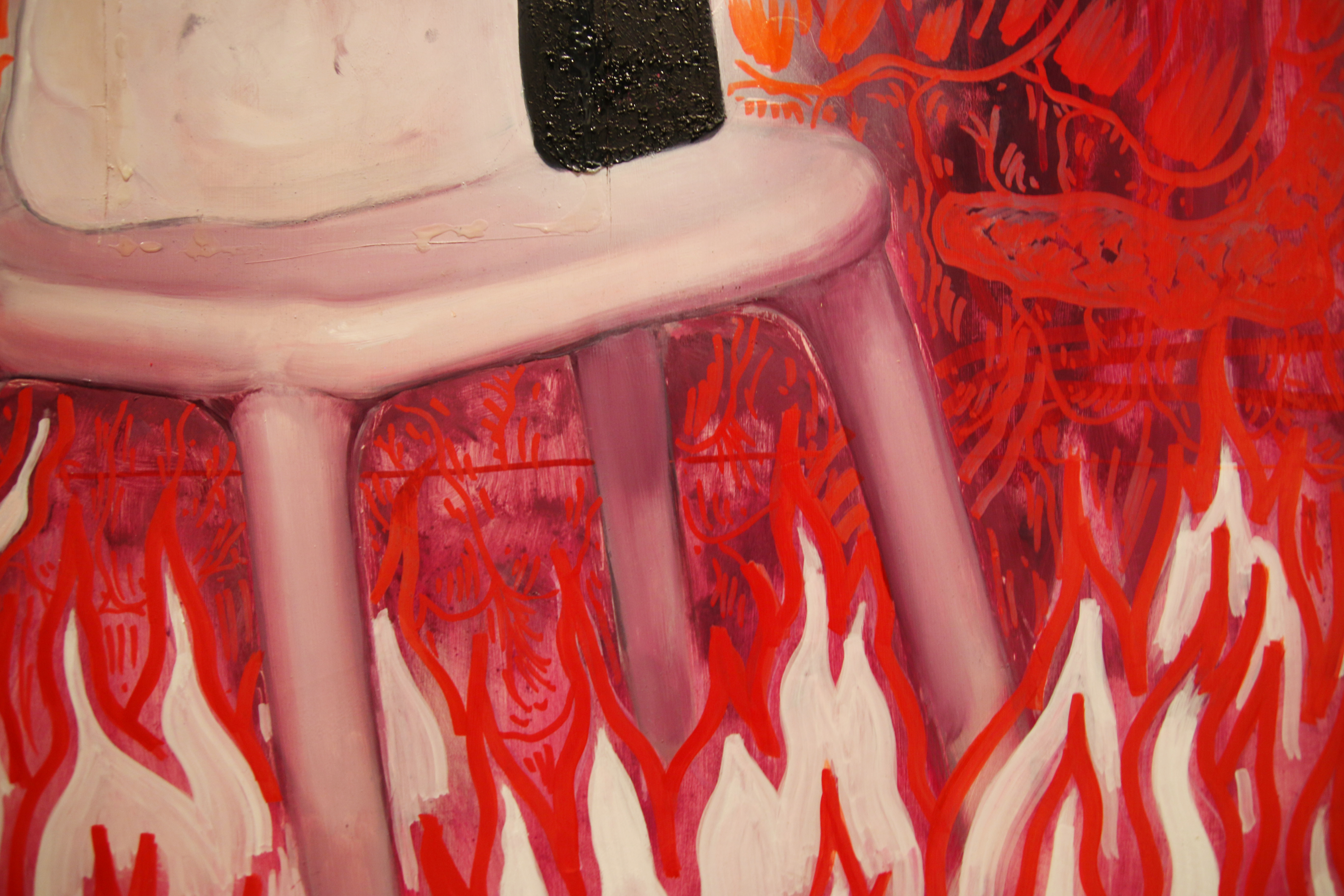

“...They are a nameless sorority of several hundred women today, forgotten by all but their families, their illnesses buried in microfilmed case reports filed systematically within the medical records section of the world’s greatest hospitals... They received superradical mastectomies, losing their breast, chest muscles, and the axilla, internal mammary, and sometimes supraclavicular lymph nodes. Those whose tumors reoccured after surgery underwent oophorectomy if their malignant cells possessed estrogen receptors. Within months, when it became clear that removal of the ovaries provided a temporary benefit, surgeons cut out both of their adrenal glands to stop the production of estrogen-like substances. When that was not enough, they bore into their skulls to cut out the pituitary gland.” -- Excerpt from James Olson’s Bathsheba’s Breast, Cited from Paul Starr, The Social Transofrmation of American Medicine (NY, 1982); 79-144




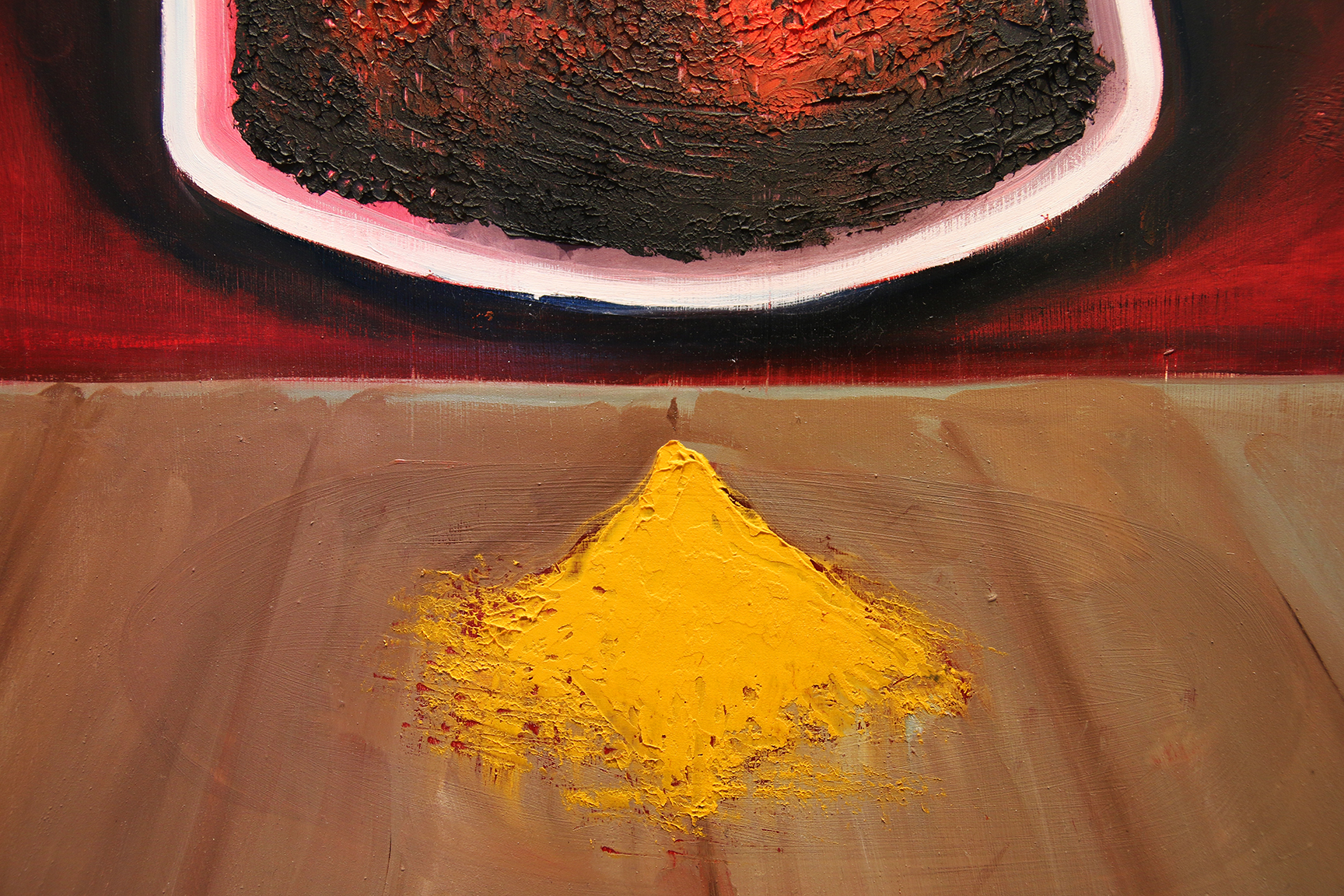

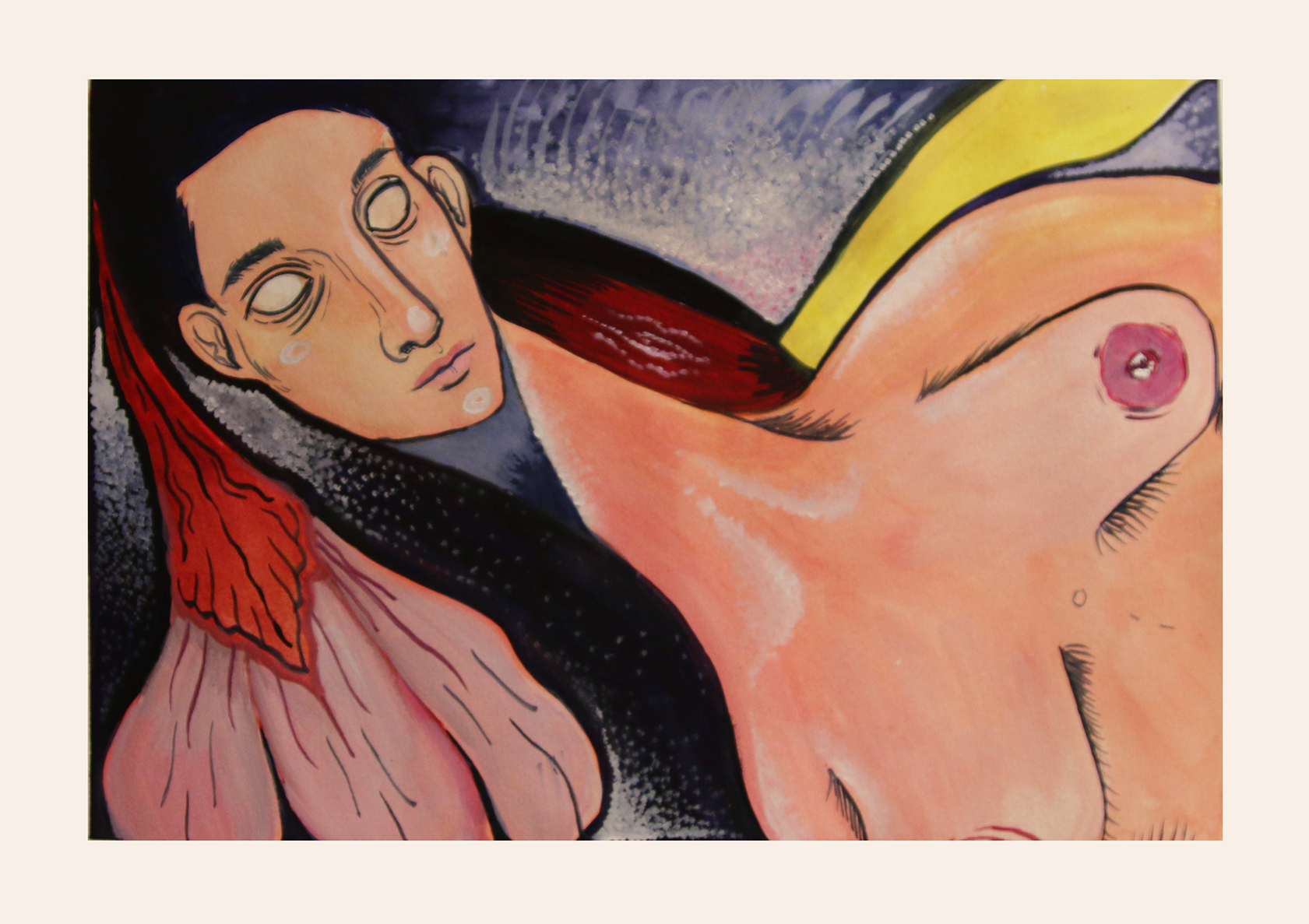
”German surgeons had called for mastectomies since the early 1600s...Another German surgeon, Johannes Schultes of Ulm, had published Armamentarium Chirurgicum in 1645, which was translated into several languages and became a popular medical text. His procedure involved inserting large, fishhook lances into the breast, lifting it away from the chest wall by pulling on attachedropes, cutting away the breast, and cauterizing the wound with hot irons.”-- Excerpt from James Olson’s Bathsheba’s Breast, cited from WA Cooper “The History of the Radical Mastectomy,” Annals of Medical History 3 (1941); 36-42
